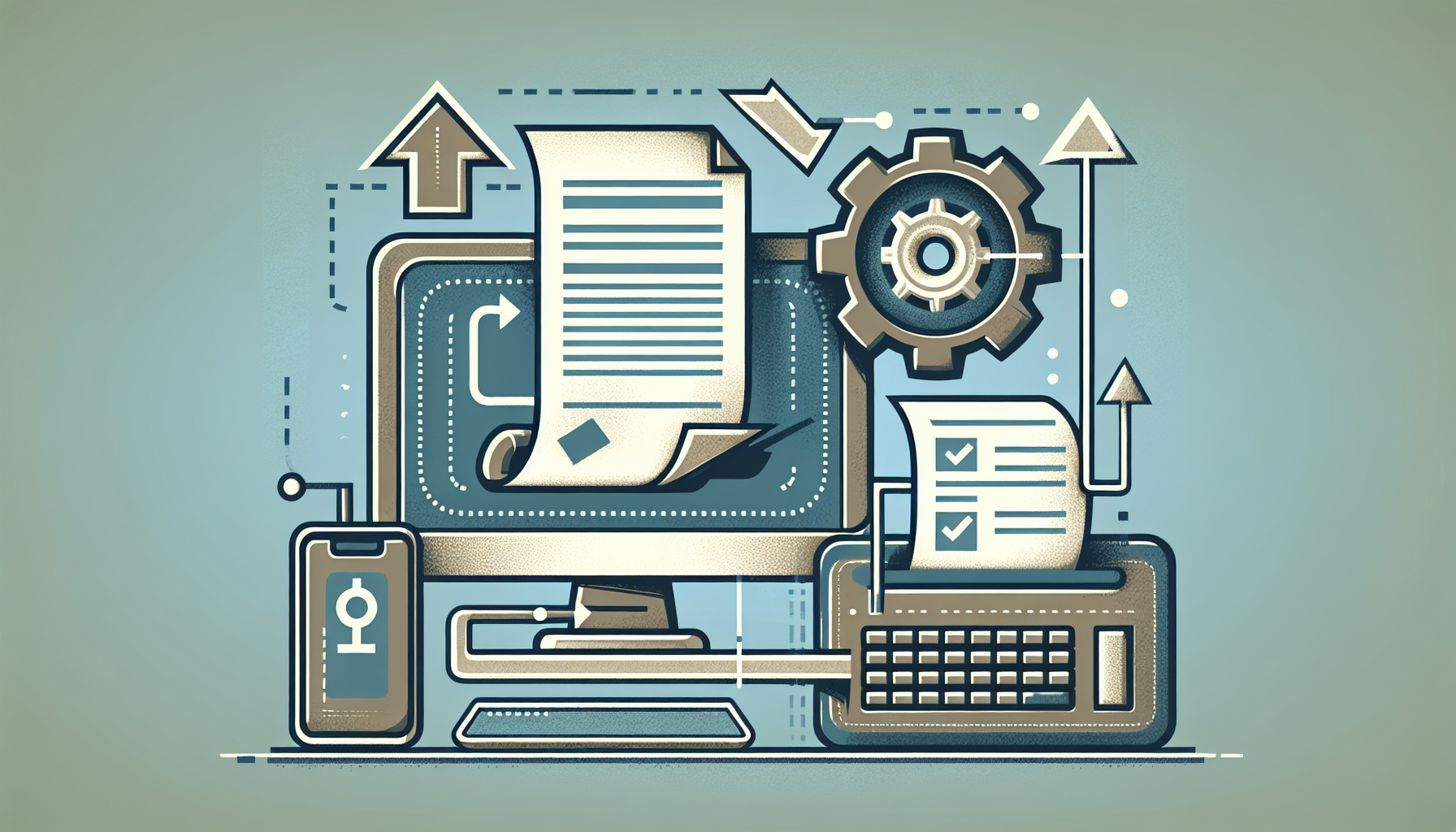Understanding Invoice Automation
Invoice automation refers to the use of technology and software solutions to streamline the invoice management process. By automating invoices, businesses can minimize manual data entry, reduce errors, and enhance workflow efficiency. Automation is crucial in a fast-paced business environment where accuracy and speed are key to maintaining cash flow and operational efficiency.
Benefits of Invoice Automation
1. Time Efficiency
Automating invoices saves time spent on repetitive tasks. Manual processes often require employees to enter data continuously and handle numerous invoice queries, which can be time-consuming. With automated systems, invoices can be generated and sent out quickly, allowing staff to focus on strategic tasks rather than administrative burdens.
2. Reduced Human Error
Manual data entry can lead to a range of errors, from incorrect amounts to misfiled documents. Automated invoice systems use preset templates and data integration to eliminate the risk of human error. This accuracy not only enhances reliability but also improves relationships with clients and vendors who rely on precise billing.
3. Improved Cash Flow Management
With quicker invoice processing, businesses can prompt faster payments from clients. Automated systems can track due dates and send reminders automatically, which ensures timely follow-ups without additional work. This leads to improved cash flow—a vital factor for any business’s survival and growth.
4. Better Compliance and Record Keeping
Maintaining accurate records is essential for compliance with laws and regulations. Automated systems can archive invoices electronically, making it easier to retrieve documents when needed. Furthermore, audit trails within automated solutions ensure transparency and facilitate compliance with tax regulations.
5. Cost Reduction
While implementing an automated invoicing system comes with initial costs, the long-term savings far outweigh this investment. Companies often find that they save on labor costs, paper, and storage expenses associated with manual invoicing. Fewer errors also translate to less money spent resolving disputes, further enhancing financial stability.
Key Features of Invoice Automation Solutions
1. E-invoicing
E-invoicing allows businesses to send and receive invoices electronically, often integrated with their accounting software. This digital format streamlines the invoicing process and enables quicker transaction completion.
2. Customizable Templates
Automated solutions generally offer customizable templates for invoices. Companies can personalize these templates with branding, payment terms, and other details, creating a professional look that enhances trust and credibility.
3. Integration with Accounting Software
A robust automated invoicing system integrates seamlessly with existing accounting or enterprise resource planning (ERP) systems. This ensures that all financial data is synchronized, reducing discrepancies and improving accuracy.
4. Status Tracking
Many automated invoicing solutions provide features that allow businesses to track the status of invoices in real-time. This tracking helps in identifying overdue invoices and prioritizing follow-ups accordingly.
5. Multi-Currency Support
For international businesses, multi-currency support is essential. Automated invoicing systems can handle transactions in different currencies and automatically calculate conversions based on current exchange rates.
Selecting the Right Invoice Automation Software
1. Assess Business Needs
Before selecting an invoice automation solution, businesses should assess their specific needs. Consider factors such as the volume of invoices handled, preferred integration capabilities, budget, and user-friendliness.
2. Evaluate Features and Functionality
Compare various software options based on their features. Look for advanced functionalities such as OCR (Optical Character Recognition) for digitizing paper invoices, AI-driven analytics for insights, and compliance management tools.
3. Vendor Reputation
Research potential vendors by looking at customer reviews, case studies, and industry reputation. A vendor with a proven track record can provide valuable support during implementation and troubleshooting.
4. Customization Options
Choose software that offers customization options to suit the company’s specific requirements. The ability to adjust features based on evolving business needs is crucial.
5. Scalability
As a business grows, its invoicing needs will evolve. Ensure that the chosen solution can scale along with the organization without requiring a complete system overhaul.
Common Challenges of Invoice Automation
1. Initial Setup Complexity
Implementing an automated invoicing system can be complex, especially for larger organizations with established processes. Adequate planning and training are required to ensure a smooth transition.
2. Resistance to Change
Employees familiar with manual processes may resist the shift to automation. Providing thorough training and highlighting the benefits of automation can help ease this transition.
3. Integration Issues
Sometimes, integrating new software with existing systems can pose challenges. Businesses should work closely with vendors to address technical issues during the integration phase.
4. Data Security Concerns
Switching to electronic invoicing raises concerns about data security. Companies must ensure that their chosen invoicing solutions comply with security standards to protect sensitive financial information.
Best Practices for Successful Invoice Automation
1. Standardize Processes
Before automating invoices, standardize the billing process. Create clear protocols for invoice generation, approval workflows, and payment confirmations.
2. Train Staff Regularly
Ensure ongoing training and support for staff involved in the invoicing process. Regular workshops can help employees adapt to the new systems and utilize features effectively.
3. Monitor Performance
Leverage analytics within the automation software to monitor invoicing performance. Assess how quickly invoices are sent, paid, and any bottlenecks in the process.
4. Communicate with Clients
Keeping clients informed about the switch to automated invoicing helps in managing expectations. Communicate changes clearly and provide necessary instructions for any alterations in payment processes.
5. Feedback Loop
Establish a feedback loop with employees and clients to gather insights on the invoicing process. Regular feedback can identify areas for improvement, ensuring that the automated system remains efficient and effective.
Embracing invoice automation enables businesses to operate more efficiently and effectively in managing cash flow. With meticulous implementations and ongoing evaluations, organizations can reap the myriad benefits this technology offers, positioning themselves for sustained financial health and success.


